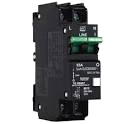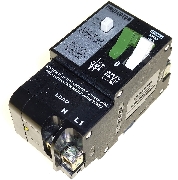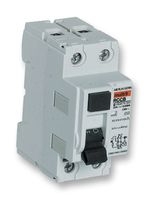We get a lot of threads about earth leakage faults on the forum so I thought I’d make a thread outlining in laymen’s terms what an earth leakage breaker is, what it does, why it trips and how to go about alleviating some of the problems that can be caused when it does.
The info here is aimed at homeowners and domestic users who have a basic DIY-level understanding of electrics. I’ve attempted to avoid complex technical terms and explanations in order to keep it accessible to non-professionals.
What is an Earth Leakage Breaker?
The earth leakage breaker is officially known as a Residual Current Device (RCD) and in the interests of my one-fingered typing I’m going to refer to it as an RCD from now on.
The RCD is a device that is designed to disconnect the supply to a circuit or several circuits or even the entire house installation when a hazardous fault known as an earth leakage fault occurs. It’s identifiable as a wider than normal circuit breaker, often with a double lever on the front and it also has a test button which should be pressed regularly by the home owner to ensure it operates correctly.
RCD’s come in a wide range of types, some have time delays and they come rated to operate at different leakage currents, some detect DC leakage faults as well as AC leakage and they also come as 3-phase and single phase configurations. To keep things simple I’m only covering the general purpose 30mA single phase RCD which is widely used in standard domestic electrical installations.



Various examples of earth leakage circuit breakers (RCD’s)








 Reply With Quote
Reply With Quote


Did you like this article? Share it with your favourite social network.